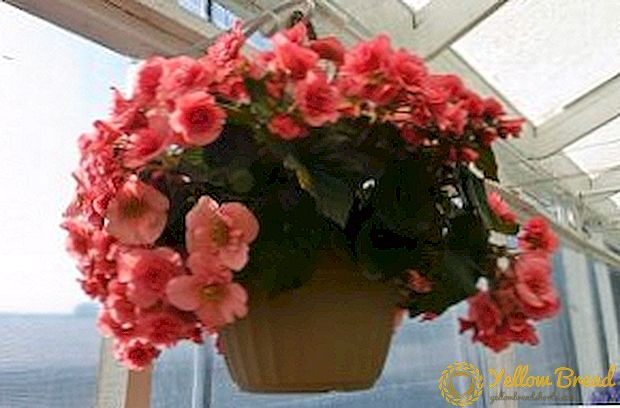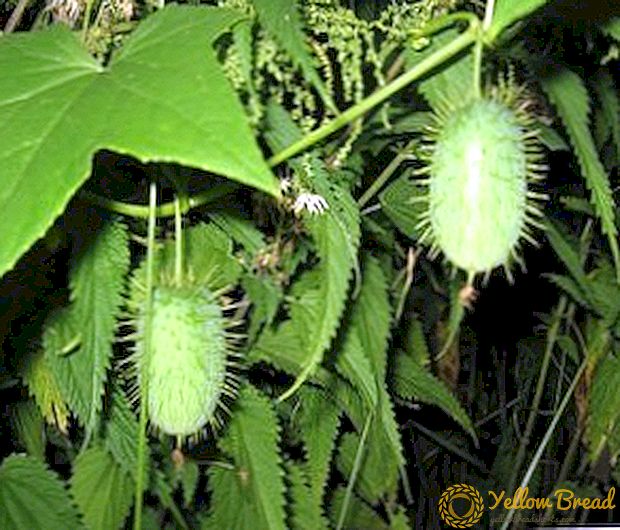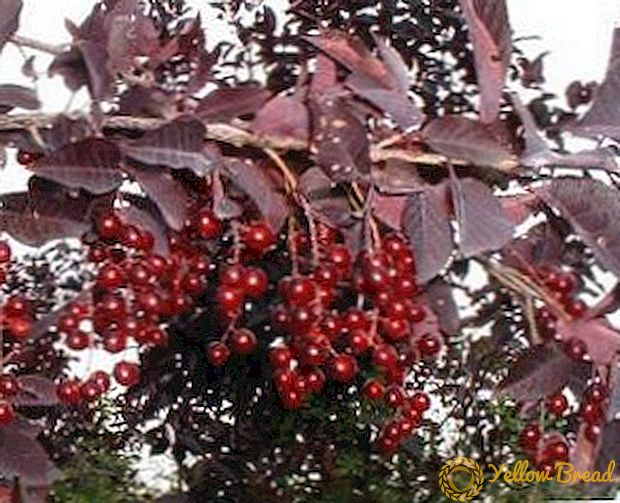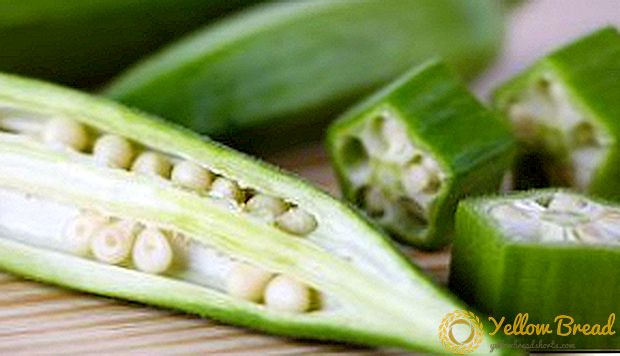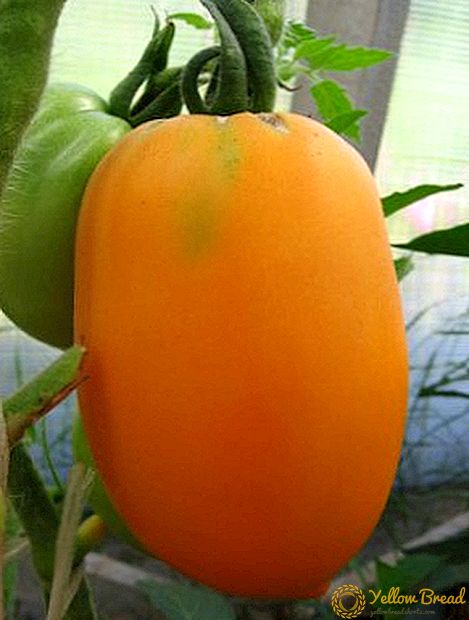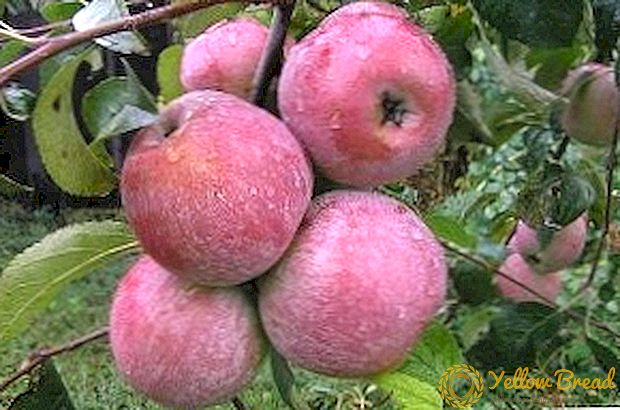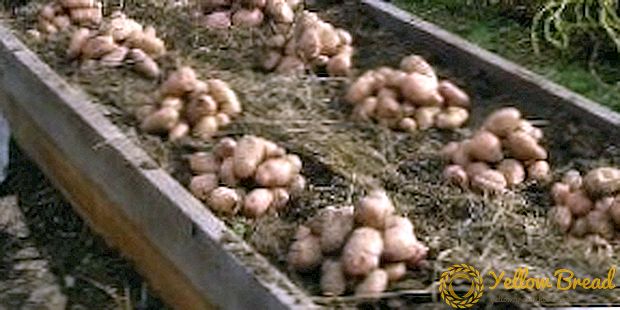
Everyone knows that planting potatoes is quite laborious, of course, there is no comparison with cucumbers or tomatoes, but you have to bend a lot of backs. Carefully plowed land will be dug up and studded with holes, planting material and fertilizer will be laid in each of them. In addition, to obtain the desired yield, it is necessary to weed and spud potatoes, and if there is a dry summer, you will need more watering. Harvesting potatoes is also a time-consuming task, plus additional efforts will be required to clean the dirt.
Planting potatoes under straw
But, few people know, there was another way of planting potatoes, and, unfortunately, almost everywhere, they forgot. Some 150 years ago, this method was quite common. The peasants, not particularly bothering, threw straw on the potatoes or plant residues that were at hand. And, not least, the peasants left the summer free for other things, and there was no need to appear on the potato field in the summer. Potatoes did not require weeding or hilling, the harvest was good. However, collectivization and military rebellion deprived the people of a significant share of knowledge about themselves and the world around them, and this method of planting potatoes was almost lost.Only in our time, the old way returns to us, interested in its accessibility and performance. Apart from the fact that straw is a wonderful natural fertilizer.
Why straw?
Why does straw promote potato growth? When decomposing, it generously saturates the worms and microorganisms in the soil, thus potatoes get everything you need for its development.
The main conditions for planting potatoes under straw
Perhaps the main condition for the success or failure of the "potato project" is the presence of a sufficient amount of straw. How much does she need? The landing place should be covered with a layer about 50 cm thick. If there is less than the required amount - the soil will dry out, more - the soil will not warm up well, the growth of potatoes will slow. In addition, you can not use packed, dense straw, it is necessary to stir it. Otherwise, it will not miss the sprouts up, and will worsen gas and water exchange.
Soil processing before planting with a flat-cutter or propolnik up to 5 cm deep and 10-15 cm wide increases the soil looseness and, consequently, yield.
The soil should be sufficiently wet. If you stick your hand in the straw to the planted potatoes do not feel moisture - you need to water to help break the sprouts.
For planting, use varietal potatoes, or, what is the best solution, elite varieties. Do not pick up potatoes bought for food in the store.
No straw? You can put under large chips, the result will be somewhat weaker, but also noticeable.
In areas with a hot dry climate, gardeners successfully replace straw with grass and leaves, not forgetting to increase the frequency of watering.
The process of planting potatoes under straw
There is no need to dig the earth: potatoes intended for planting, pre-selected and slightly sprouted, are laid in rows right on the surface of the plot, covered with straw on top. The thickness of its layer is 40-70cm.
Possible additional measures that have a beneficial effect on the future harvest:
- You can pour a handful of soil mixed with fertilizers on top of the tuber (use natural ashes and manure). Such a measure will protect the tubers from all sorts of diseases.
- straw, so that the wind does not scatter it, can also be slightly sprinkled with earth.
The advantages of planting potatoes under straw
- the land under straw even remains dry in dry land;
- decomposing, straw emits carbon dioxide, useful for potatoes;
- also, in decaying straw, there is an active reproduction of microorganisms and worms, which, in turn, has a positive effect on the development of potato tubers.
The advantage of caring for the site:
- There is no need to pile up and weed planted potatoes.
- Colorado beetles will be less, the number of these uninvited guests will be influenced by the "owners" of the straw scattered over the plot, or rather, the insects living in it.
Long-term advantage:
Due to regular use of straw on the site, the growth of soil fertility will become apparent, and, accordingly, in a few years the yield of potatoes will increase. What is important, thanks to environmentally friendly fertilizer.
The advantage of harvesting
Grown potatoes do not need to be cleaned of sticking earth. Everything is cleaner and faster. And, since the potatoes are dry, then it will be stored, obviously, well.
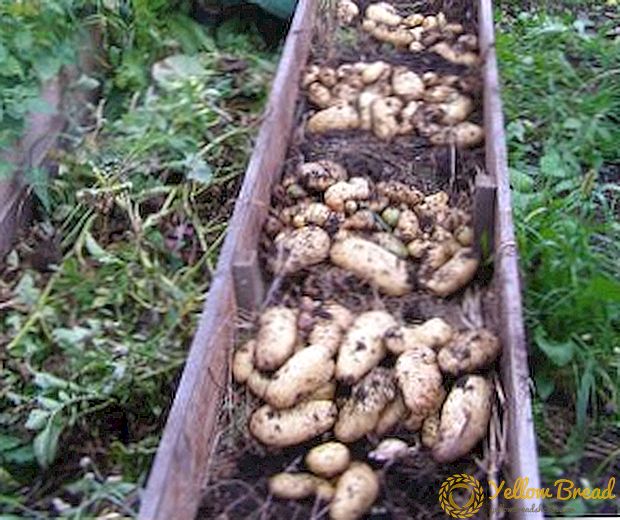
How to harvest
When autumn comes and the tops of the potato dries out, only a rake is needed for harvesting. Potatoes grown in this way are tasty and crumbly.
Possible solution to the lack of straw
If the issue with straw is difficult and there is nowhere to take it, in sufficient quantity, use the same method, but modifying it a little bit, simply grow straw in your own area.
- The site where you plan to plant potatoes, divide in half. On one half, after the snow has melted, the vetch, oats and peas are mixed together, on the other half - potatoes, using the traditional method. The site is not necessary to plow.
- What has grown in the first half, leave for the winter, and next spring the site will be covered with an even layer of lodged straw.
- Immediately on this straw, without tilling and digging, potatoes are planted. In the fallen straw do small grooves, put the tubers in them, and sprinkle with soil up to 5 cm.
- In the second half, where potatoes were grown in the usual way, oats are sown in half with vetch and peas for this year for full-fledged straw for the future.
- Being engaged in such alternation can significantly increase the yield of potatoes, significantly reducing the time spent on planting it.
The one who mastered the method of growing potatoes on straw is no longer “stick with a stick” to the usual traditional method.

